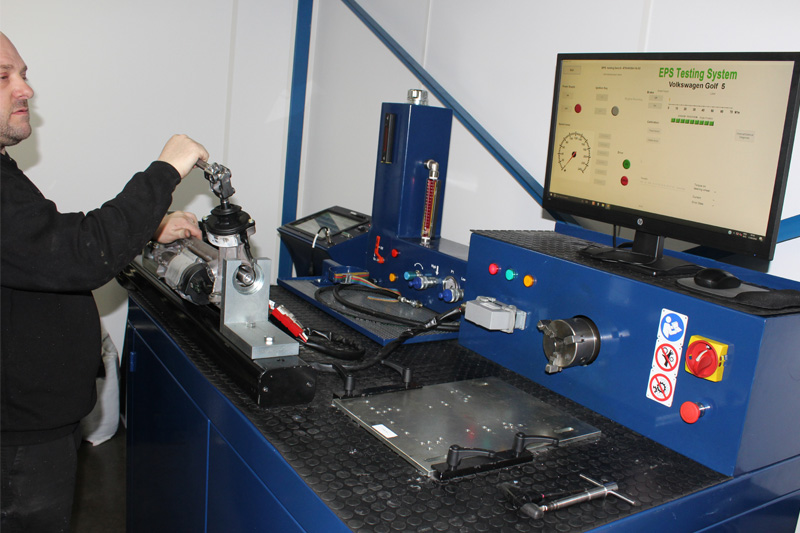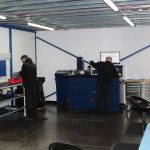For transmission supplier, Shaftec, 2018 has reportedly seen the demand for new-to-range steering parts reach a ratio of 2:1 in favour of electric over traditional types. Having invested heavily in its new Midlands-based facility in 2015, the company says it has been reaping the rewards of investing in machinery to speed up EPS remanufacturing.
Over the past 20 years, the market for Electric Power Steering (EPS) systems has gradually surpassed that of conventional hydraulic steering.
Traditional hydraulic pumps are being replaced with those containing electric motors, and hydraulic pump designs are making way for electro-hydraulic power steering (EHPS) pumps. The advantages of electrical over hydraulic include: less weight, less maintenance, a better response at different speeds, higher durability and lower fuel consumption. Naturally, with the vehicle manufacturers moving towards electrical components, the independent aftermarket has
followed suit. More commonplace safety features, such as electronic stability control and ABS integrated with electronic steering systems, are also fuelling market demand.
In line with this, Shaftec has seen a 66% increase in the sale of its electric steering rack and column parts since 2014, which has resulted in a 47% increase in its steering production workforce.
Furthermore, the supplier of steering, braking and transmission parts advocates being mindful of living these changes, by adapting its business model accordingly and investing in the latest generation of machinery and testing equipment.
Knowledge is power when it comes to steering systems. The better you know your product, how it operates, its features and benefits, together with how to maintain it, the better equipped you will be to assist your customers – with advice on components in terms of value for money, safety, quality and performance.

EPS – How does it work?
Electric Power Steering Rack
To provide steering assistance, an electric motor, mounted to the side of the rack housing, drives a ball- screw mechanism via a toothed rubber belt. The screw engages a spiral cut in the outside of the steering rack. A torque sensor attached to the pinion shaft signals a control computer when to provide assistance.
Electric Powered Column Drive
A motor that provides electrical assistance (torque) according to vehicle speed and steering angle is mounted on the column.
Electric Powered Steering Pumps
In electrical pumps, fluid travels through the hydraulic system only when the angle sensors detect steering movement. This means there isn’t a constant drag on the engine, like with traditional steering pumps.











